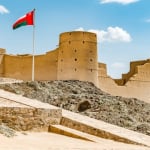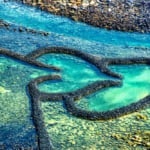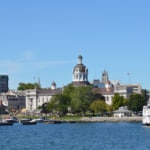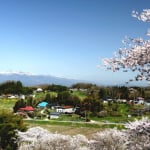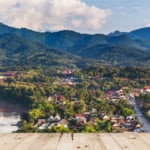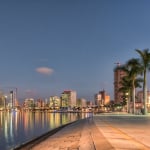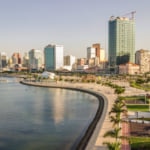Name:Miradouro da Lua
Address:Belas, Angola
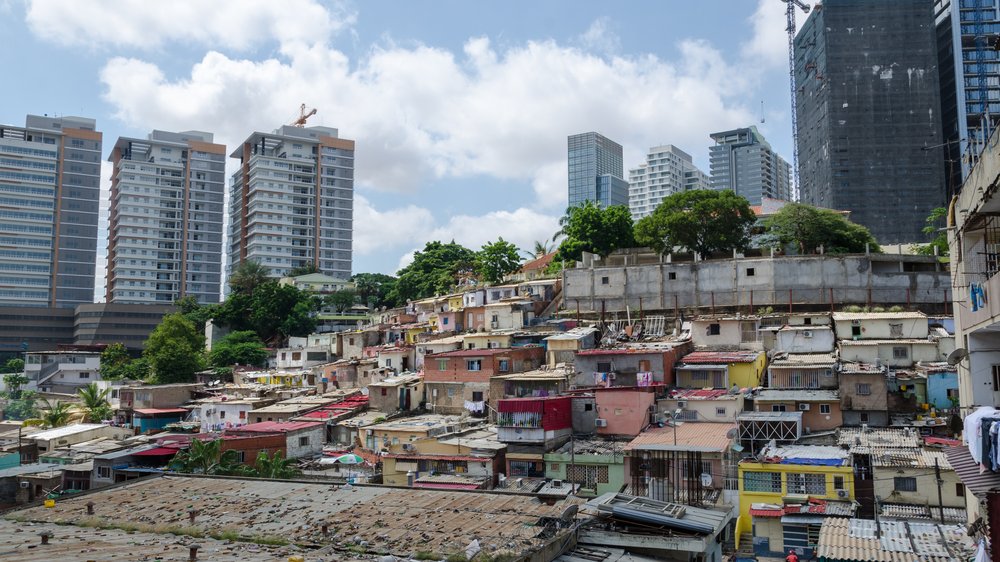
Photo by Fabian Plock/shutterstock.com
Angola:You’ll Forget Your Daily Life by Looking Angola’s Great Outdoors
table of contents
[x] close
Angola:You’ll Forget Your Daily Life by Looking Angola’s Great Outdoors
- 1. Miradouro da Lua (Belas)
- 2. Fortaleza de Sao Miguel (Luanda)
- 3. Tundavala (Hula Province)
- 4. Ilha do Mussulo (Belas)
- 5. Kalandula Falls (Kalandula)
- 6. Sangano Beach (Luanda)
- 7. Mausoleum of Agostinho Neto (Luanda)
- 8. Christ the King Statue (Lubango)
- 9. Black Rocks (Malanje)
- 10. Quicama National Park (Bongo)
- ◎ Closing
Angola is a country located in the southwestern part of the African continent. Angola was once a Portuguese colony, reaching its independence in the 1970s. While Angola remains unknown to world visitors, it is worth visiting and sightseeing. The highlights of sightseeing while visiting Angola is its natural beauty. This article will provide the ten highlights which should not be missed during a sightseeing trip of Angola.
1. Miradouro da Lua (Belas)
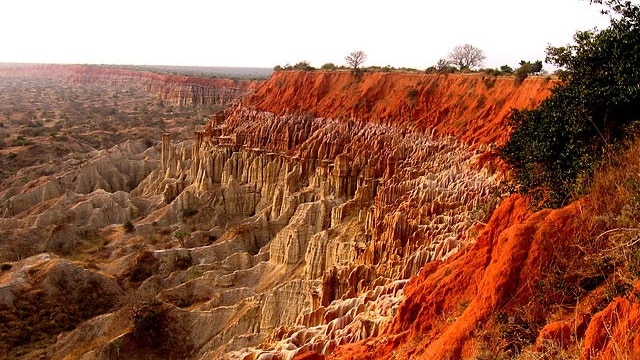
Photo by commons.wikimedia.org
Miraduoro da Lua or Moon Viewpoint is one of the greatest sightseeing places in Angola. It is located just outside the capital of Angola. Miraduoro da Lua boasts of breathtaking landscape which consists of rock formations created over thousands of years by rain and wind erosion. Thus, Miraduoro da Lua reminds of the surface of the moon. The best way to do sightseeing in Miraduoro da Lua is during a sightseeing hiking trip or while camping in Angola. Miraduoro da Lua provides for a unique, one-of-a-kind sightseeing experience not to missed when touring Angola.
2. Fortaleza de Sao Miguel (Luanda)
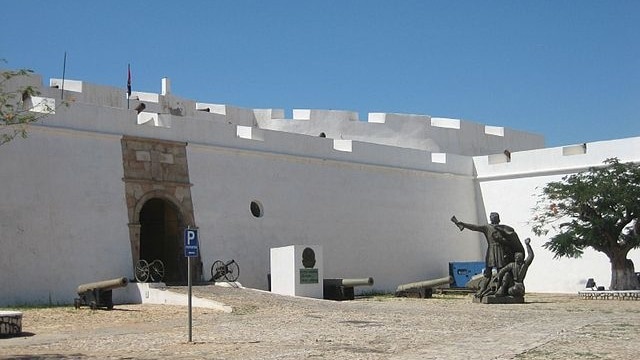
Photo by commons.wikimedia.org
Built by the Portuguese in the sixteenth century, Fortaleza de Sao Miguel is a fortress situated in Angola's capital, Luanda. The Fortress has developed from being an actual town in itself into a main Luanda's monument for tourist sightseeing. Today, the Fortress is accessible and beautiful internal decoration, done by the Portuguese architect residing in Angola, Paulo Dias da Novais as well as the Armed Forces Museum can be enjoyed during a sightseeing tour. The museum exposition in the fortress deals with the modern history of Angola and the views from the top of the fortress allow the sightseeing visitors see much of the capital city of Angola as well as the Mussel peninsula.
Name:Fortaleza de Sao Miguel
Address:Calçada de São Miguel, Luanda, Angola
3. Tundavala (Hula Province)
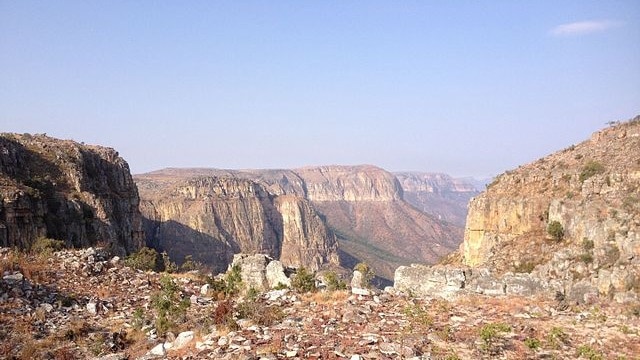
Photo by commons.wikimedia.org
One of the highlights on any sightseeing trip to Angola is the Tundavala cliffs. The Tundavala cliffs are a scenic spot located in the Hula Province, as part of the Serra da Leba mountains in southern Angola. The best way to do an unforgettable sightseeing trip to Tundavala is to take hike or climb the natural gorge where Tundavala are found. What makes the sightseeing in Tundavala unique is the tranquility of the place where no vendors and commerce is allowed. If staying overnight, camping in the area under the Tundavala cliffs is recommended.
Name:Tundavala
4. Ilha do Mussulo (Belas)
For those wary of sightseeing in Angola, Ilha do Mussel is an ideal getaway. Despite its name of an island (ilia), this is a peninsula which lies south of Angola's capital, Luanda. The peninsula boasts of beautiful sandy beaches, ideal for a whole range of free time activities, such as diving, water skiing, windsurfing and snorkelling. Ilya do Mussel is the prime destination for beach vacation in Angola. The best time to visit the beaches of Ilha do Mussel is in the dry season which lasts in Angola from April to August.
Name:Ilha do Mussulo
Address:Belas, Angola
5. Kalandula Falls (Kalandula)
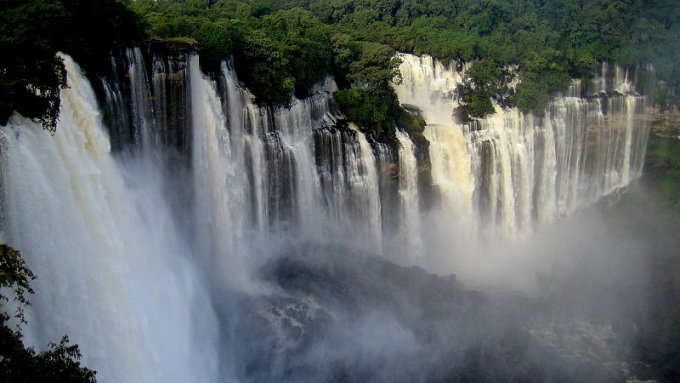
Photo by commons.wikimedia.org
When on a sightseeing tour in the northern part of Angola, one site should not be missed - it is over one hundred meters high Kalandula Falls which are among the largest and most beautiful sightseeing place on the African continent. The Kalandula Falls are formed by the river Lucala when it reaches a natural quarry in the Malanje Province in northern Angola. The Falls can be accessed during a sightseeing trip at different places of its width which exceeds 400 meters and forms a shape of a horshoe. Kalandula Falls are ideal for sightseeing in the spring time when they display the full volume of water after the rainy season.
Name:Kalandula Falls
6. Sangano Beach (Luanda)
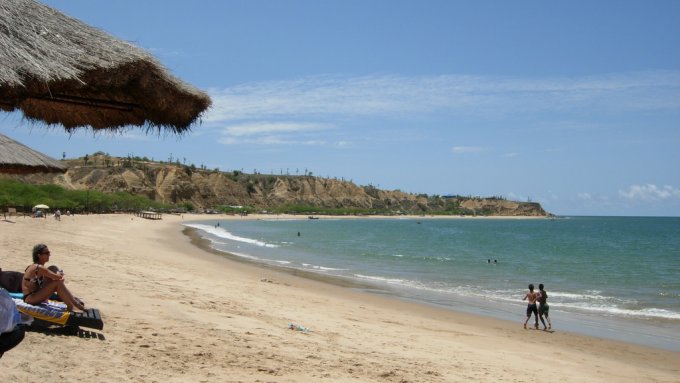
Photo by Ana Sofia Guerreirinho
Sangano Beach is recommended for its pristine character and scenic sightseeing opportunities. The beach is located near the city of Sangano on the Atlantic coast of Angola, within the limits of the Quicama National Park, south of Luanda, Angola’s capital. Sangano Beach is thus easily reachable from Angola's capital. Fishing and swimming are among the most popular activities next to nature sightseeing. Rather cool and refreshing waters reach very pleasant temperatures in the summer time. Thanks to its private character and beauty, Sangano Beach is one of the best beaches in Angola.
Name:Sangano Beach
7. Mausoleum of Agostinho Neto (Luanda)
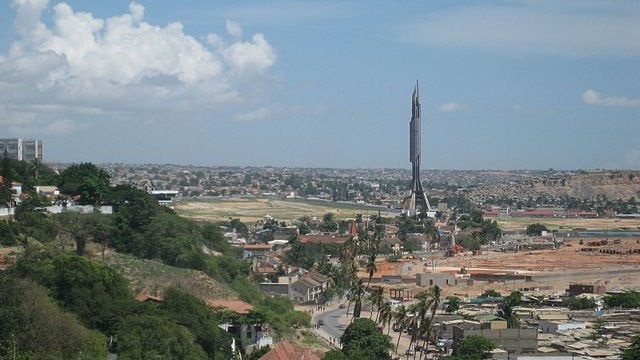
Photo by commons.wikimedia.org
When sightseeing in the capital of Angola, one should not bypass the Mausoleum of Agostinho Neto, a famous political leader and poet who served as the first president of the independent Angola, in the seventies. The Mausoleum looks like a tower and altogether with the adjacent Cultural Centre, the complex is a great sightseeing place for all age categories. The Mausoleum is a resting place of president Neto as well as a museum, and thanks to its shape and size, it is considered one of the architectural symbols of Angola.
Name:Mausoleum of Agostinho Neto
Address:Praia do Bispo, Luanda
Related Site:http://www.maan.co.ao/
8. Christ the King Statue (Lubango)
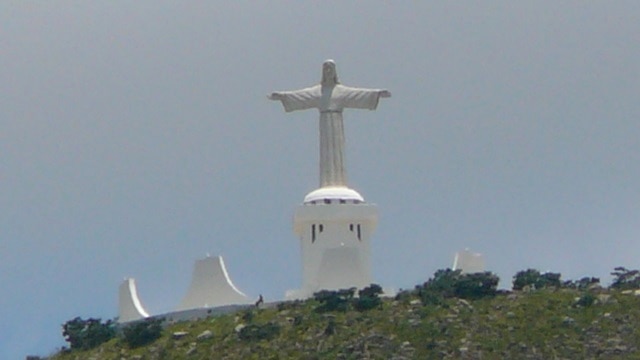
Photo by commons.wikimedia.org
The statue of Christ the King is one of the landmarks of Lubango in southern Angola. Lubango is one of the main cities in Angola, and the statue was inspired by the similar and more famous one built in Brazil. The statue was built from white marble and can be see from any part of the city, thanks to its size and position - the statue is sits on a hill of 130 m of height. It can be accessed during a sightseeing tour of Lubango and southern Angola for great views of the city and the surrounding area.
Name:Christo Rey
Address:R. Dr. Agostinho Neto, Lubango, Angola
9. Black Rocks (Malanje)
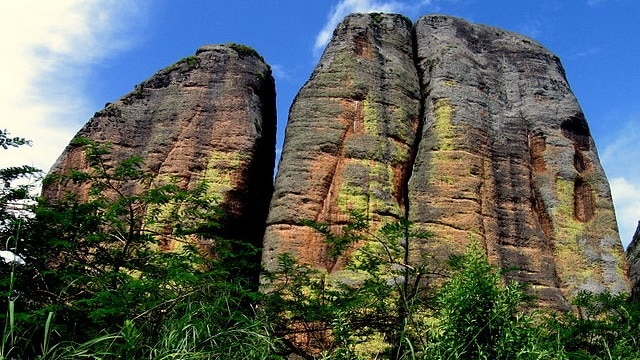
Photo by commons.wikimedia.org
When sightseeing in the Malanje province of Angola, the Black Rocks are definitely one of the sightseeing points not to be missed. The Black Rocks are 200 m high colossal rocks rising over the surrounding savannah. The Rocks were formed by volcanic eruption of magma. While much of their history is unknown, Black Rocks remain one of the best kept sightseeing mysteries of Angola. During the sightseeing trip at the Black Rock, a military fort built in the time of colonisation of Angola by the Portuguese can be visited as well.
Name:Black Rocks
Address:Pungo Andongo, Angola
10. Quicama National Park (Bongo)
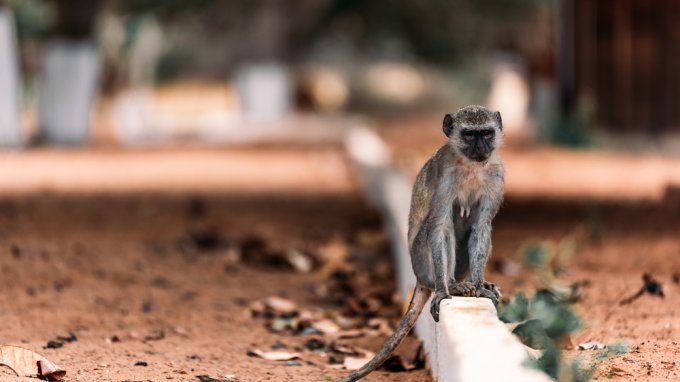
Photo by WJRVisuals/shutterstock.com
Quicama National Park is the only functioning national park for sightseeing in Angola at the moment. Quicama is situated north of the capital of Angola, on the coast of the Atlantic Ocean. This impressive national park is home to mangroves and baobab trees while the fauna includes a variety of savanna animals. Among the most numerous are the talapoins and manatees. Quicama used to be home to large numbers of Giant Sable antelopes whose numbers descreased during the civil war significantly. A jeep tour is the best way of sightseeing in this park while accommodation in provided by bungalows.
Name:Quicama National Park
Address:Bongo, Angola
◎ Closing
Angola is a great country for all visitors looking for sightseeing in the natural environment as it boasts of breathtaking views of the natural scenery, hiking and climbing opportunities as well as pristine beaches and well-preserved natural parks. Angola is home to some of the best kept sightseeing secrets while attracting its visitors to its serenity and authentic sightseeing experiences.
RELATED ARTICLES
REGIONS
CATEGORIES
FEATURED ON Angola
MOST POPULAR ON Angola
-
 1
1Doha: Must-see Attractions in the Capital of Qatar
-
 2
2Toronto: 10 Things to do in this Picturesque Canadian City
-
 3
3Amarillo: A City Famous for It’s Amazing Canyons, Great History and Music
-
 4
4South Korea: Dazzling Scenery, Rich Culture and Fascinating History
-
 5
5Kuwait: A Country in Middle East Asia Famous for Hot Sand Dunes and Stunning Cityscape

